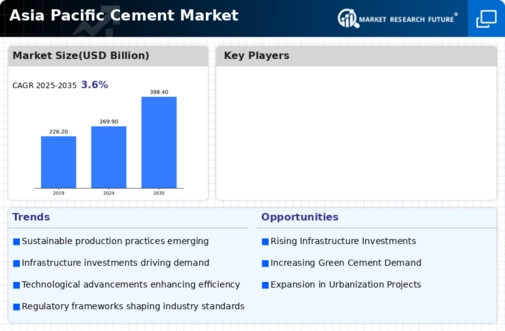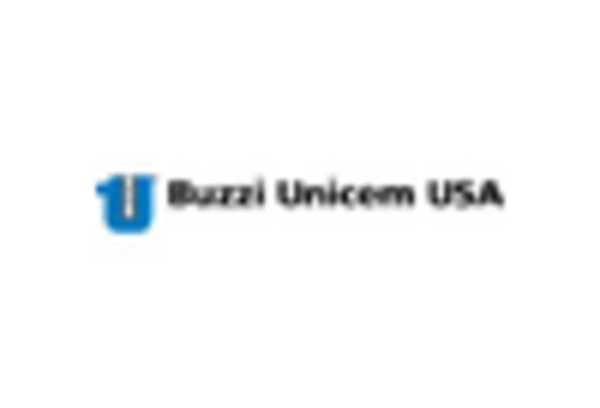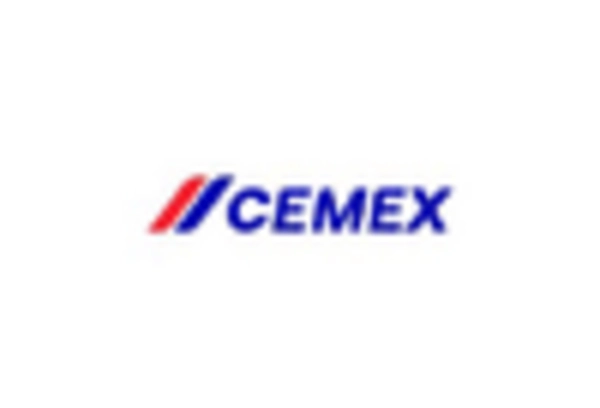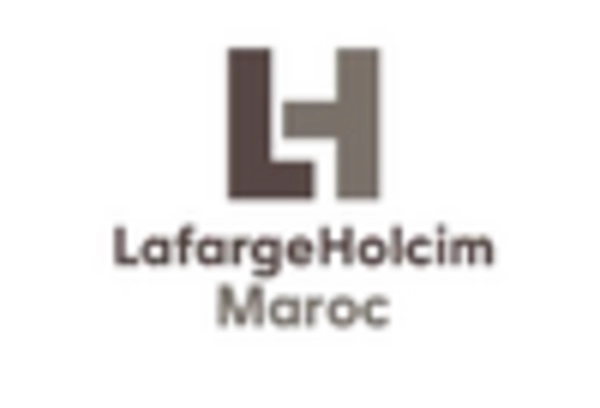Market Share
Asia Pacific Cement Market Share Analysis
The cement market cemented Asia Pacific, this highly competitive and dynamic industry, as a result of these market share positioning strategies, an attempt to capture the market and gain a foothold in this diverse region is made. Companies within this market grab for customers by employing different types of marketing to increase their share and futher to create a barrier for other competitors.
Cement manufacturers are trying to maintain common strategy, when a product may be differentiated by its particular characteristics or qualities. Such idea distinguishes it from competitors' products. Some examples could be the provision of custom cement mixes of particular attributes like in the cases of high strength, sustainability, durability among others. The value proposition differentiates the product by several key characteristics that the customers value most and, therefore, gain an upper hand in the market.
As is expected, the price positioning is also a necessary strategy for the Asian Pacific cement industry. Of course, there are producers who deal with the issue by making their products available at various price points and targeting the markets with competitive pricing strategies. Opting for the such routes i.e. providing low priced idea will attract low cost centric customers or providing premium products may please the customers with premier quality products at higher price.
The geographical context is also one of the main aspects in the Asipac market share strategies in cement industry. To provide their services more efficiently, companies deliberately choose key locations to capture local demand and minimize the number of unnecessary transports. This involves constructing factories in some locations that are close to the market to save distribution time and costs, and providing products that can suit each regional market by tailoring the process.
On the other hand, it is crucial to highlight the fact that technology is the key pillar of the Asia-Pacific cement business while competing in market share positioning. Advances in the mode of production through the development of advanced manufacturing technology and sustance-related to business operation is a source of competitive advantage. In this way, firms not only provide the means for eco-friendly products, but also get advantages by being at the pinnacle of recent technological developments, thus attracting consumers who care about sustainability.
The multifaceted approaches of joint endeavor in the selection of the target market are also used to consolidate the market share. Partnerships, alliances and joint ventures are a great source of market, distribution channel adaptation and technology access. Through establishing cooperative partnerships, cement producers can accumulate resources, divide risks, and altogether strengthen the competitiveness in the Asia Pacific market, which offers occasion for growth for their collective enterprise.
Similarly brand positioning acts as a strong commanding factor influencing market share. It is through influencing marketing, building a good rapport with the customers, and generating trust among them through effective communications that a brand is able to position itself in relation to the consumers. Companies always will try to brand their product to set themselves apart from the competition, and such perception is created into the minds of customers that makes them bliave the product and in the long run influence their buying decisions in some way or the other.

















Leave a Comment